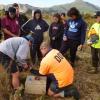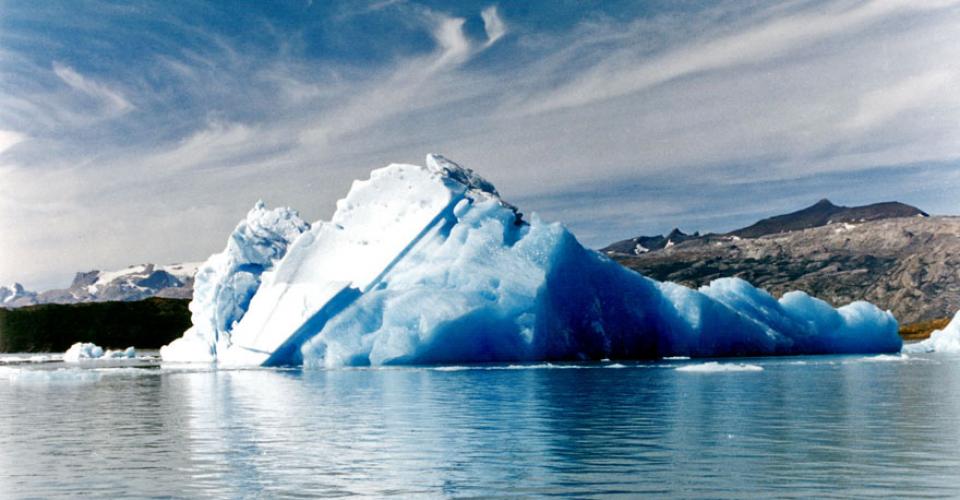-

Set Sail with the Joides Resolution
2018-02-12Aliki Weststrate has a great way to immerse your students in the science of what is going on beneath our feet, and it is all at sea!
-
To the Ice
2017-06-01Air Antarctica! * To the ice!*
-

Earth in four dimensions: TIMElapse
2016-12-15In late November, the TIMElapse project - a view of earth’s surface detailing more than 40 years of change - was updated to take in the years 2012 - 2016.
-

World Soil Day 2016: soil and pulses, a symbiosis for life
2016-12-02World Soil Day 2016[http://www.fao.org/global-soil-partnership/world-soil-day/wsd2016/en/#c482268] this year will be marked next week, on the 5th of December. This year the theme is ‘Soil and pulses, a symbiosis for life’.
-

Gene editing - a train coming down the track
2016-11-30Last week NZST reported the formation of the Royal Society of New Zealand panel on gene editing, a multidisciplinary body convened in response to the advent of CRISPR and the revolution in gene editing technology. Jaylan Boyle caught up this week with Professor Barry Scott, co-chair of the Royal Society panel.
-

The future of farming - teachers learn about agriculture careers
2016-11-15High school teachers from across the Waikato have spent a day immersed in science so they can share the hands-on experience with students and help inspire them into research careers.
-

World agrees to ditch HFCs
2016-10-13Nearly 200 countries have agreed to phase out a specific agent of climate change by 2019 - one of the most destructive greenhouse gases, hydrofluorocarbons (HFCs). The agreement is being hailed as a concrete step toward meeting the targets of the Paris Accord.
-

WWF Conservation Innovation Awards now open
2016-09-26Open from 26 September to 14 October, WWF New Zealand’s 2016 Conservation Innovation Awards are designed to seek out and reward innovation for those on the front line of conservation. All ideas are welcome and entries can be submitted via wwf-nz.crowdicity.com
-

Mermaids tears: the biggest clean-up in history
2016-06-1022 year-old inventor Boyan Slat may have singlehandedly revolutionised the effort to get rid of marine plastic pollution: what if ocean currents could be harnessed to do all the work?
New Zealand Science Teacher
























